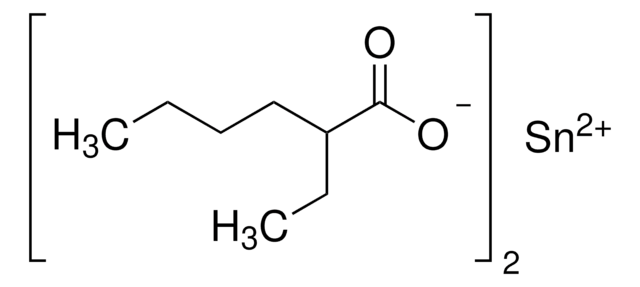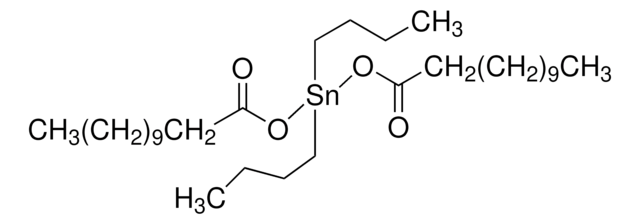189421
Polycaprolactone diol
average Mn ~2,000
Synonym(s):
Polycaprolactone oxydiethylene ester, polycaprolactone
About This Item
Recommended Products
form
solid (waxy)
Quality Level
mol wt
average Mn ~2,000
transition temp
softening point 50 °C
density
1.071 g/mL at 25 °C
Looking for similar products? Visit Product Comparison Guide
Related Categories
Application
signalword
Warning
hcodes
Hazard Classifications
Eye Irrit. 2
Storage Class
11 - Combustible Solids
wgk_germany
WGK 3
flash_point_f
Not applicable
flash_point_c
Not applicable
ppe
dust mask type N95 (US), Eyeshields, Gloves
Choose from one of the most recent versions:
Already Own This Product?
Find documentation for the products that you have recently purchased in the Document Library.
Articles
We will explore the technological advances that have contributed toward the progress of 3DP of tissue engineering scaffolds, current materials used to create 3DP scaffolds, and the challenges that remain.
In the past two decades, tissue engineering and regenerative medicine have become important interdisciplinary fields that span biology, chemistry, engineering, and medicine.
Innovations in polymer technology have had a significant impact on the advancement of novel drug delivery systems.
Global Trade Item Number
| SKU | GTIN |
|---|---|
| 1643747-10MG | 4061833020524 |
| 189421-250G | 4061838759177 |
| 189421-500G | 4061838252272 |
| 189421-5G |
Our team of scientists has experience in all areas of research including Life Science, Material Science, Chemical Synthesis, Chromatography, Analytical and many others.
Contact Technical Service







